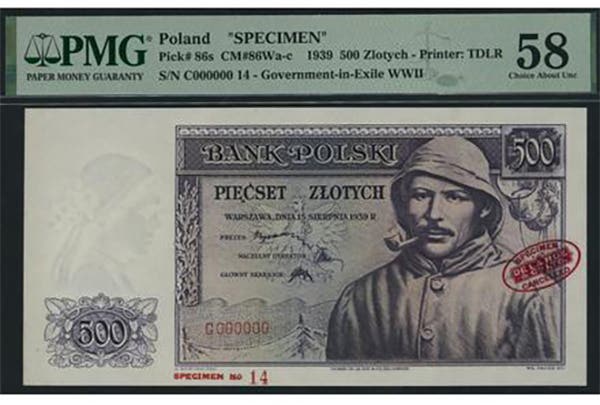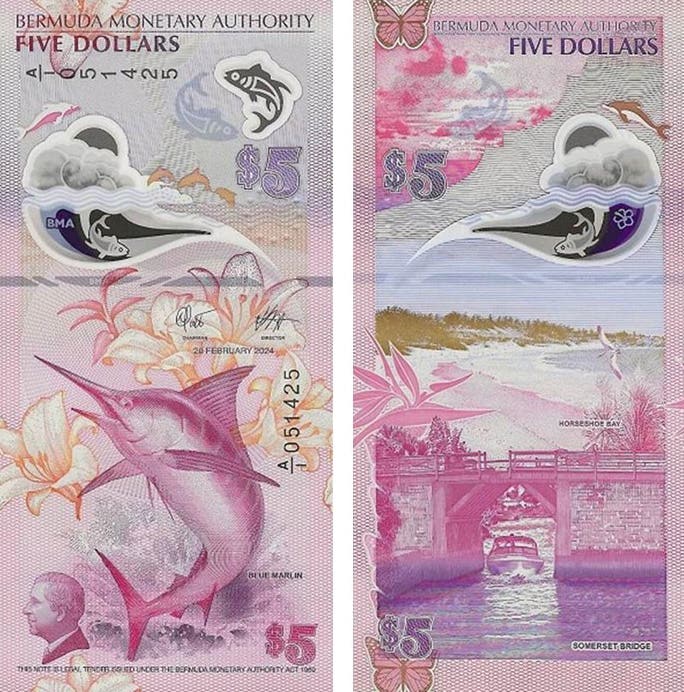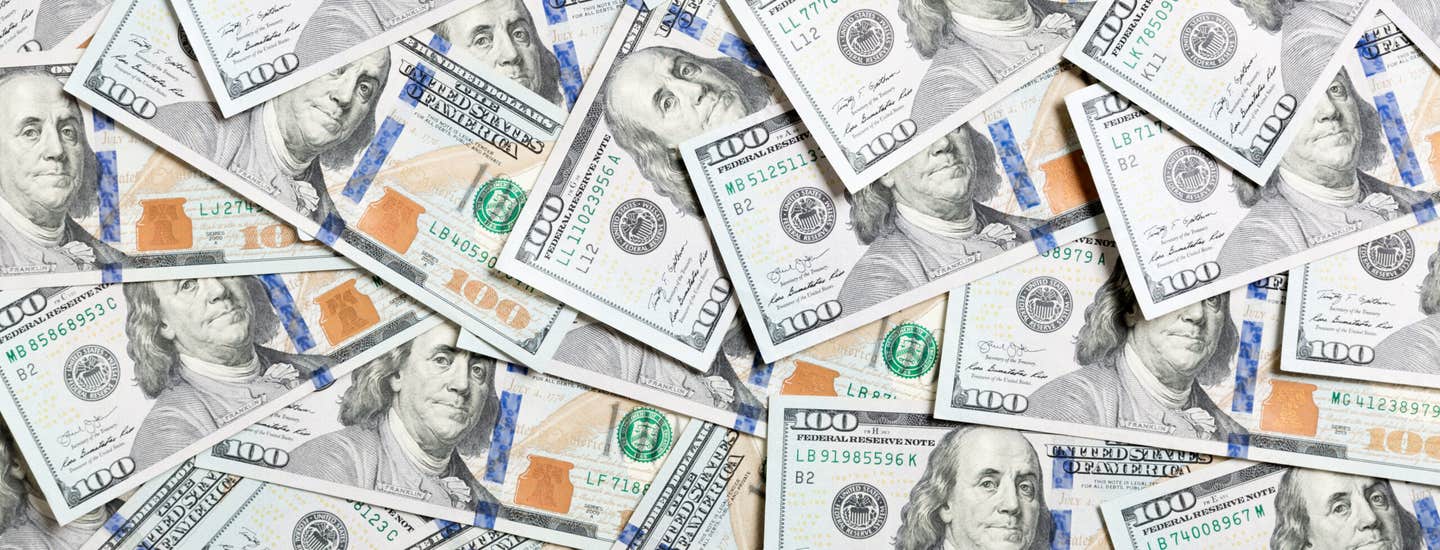Bart reports Series 2009 $10 error bill
A pre-printed stock error worth $6,500 has been found on a Series 2009 $10 Federal Reserve Note. Frederick J. Bart, author and researcher of U.S. paper money errors, reported the…
A pre-printed stock error worth $6,500 has been found on a Series 2009 $10 Federal Reserve Note.
Frederick J. Bart, author and researcher of U.S. paper money errors, reported the discovery.
The pre-printed stock error consists of an extraneous printing on the blank currency paper (or “stock”) prior to the application of the intended design by the presses of the Bureau of Engraving and Printing.
In this particular instance, there is a vertically oriented black underprint beneath the torch to the right of Hamilton’s portrait. As an anti-counterfeiting measure, the torch is executed with color shift ink, which changes hues as the note is moved from horizontal to vertical.
This type of mistake ranks among the very rarest, far scarcer than the double domination error; both share the R-9 rating tier as shown in United States Paper Money, 3rd edition.
Including this recent discovery, the entire census stands at less than one half dozen verified examples on all denominations and types of paper money; a testament to the absolute rarity of this type of mistake.
Although many potential examples of this kind of error come to light on an annual basis, Bart said most are readily dismissed as alterations outside the BEP. In most cases, an inked stamp design applied to the bill is incorrectly thought to have been present prior to the government printing.
Bart consulted with David C. Myers, a law enforcement inspector in charge of the ink application lab for the state of Florida, and operator of Identification Services LOC, a firm using non-destructive forensic techniques to handle unique, questionable paper documents to further study the note.
Myers utilized Raman Spectroscopy to identify and chart every ink type used by the BEP on both the front and back of the note. Test results confirmed that the ink used in the unidentified printing was not of BEP origin.
Further, a full review using VSC-6000/HS found “that this unidentified printing was placed on the note prior to all other printing.” Not only was the extraneous, unidentified printing shown to be underneath the torch, but even more surprisingly found to be underneath the yellow offset background printing, generally considered to be the first print on the front of the note.
Myers postulates that the unidentified print is, in fact, a partial print applied to the paper roll for identification and may have bordered the starting and working area of the paper. Myers can be contacted at w4usa@embarqmail.com
Paper Money Guaranty (PMG) labeled the mistake a “Pre-Printed Stock Error”, consistent with the independent laboratory findings, and assigned a grade of Gem Uncirculated 65, Exceptional Paper Quality.
In United States Paper Money Errors, 3rd edition, the pre-printed stock error carries a value of $6,500 in Crisp Uncirculated.
For additional information, contact Bart at (586) 979-3400 or via email at Bart@ExecutiveCurrency.com.
This article was originally printed in Numismatic News. >> Subscribe today.
If you like what you've read here, we invite you to visit our online bookstore to learn more about Standard Catalog of United States Paper Money.








